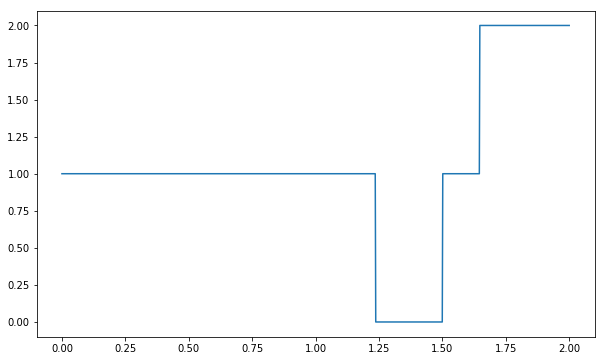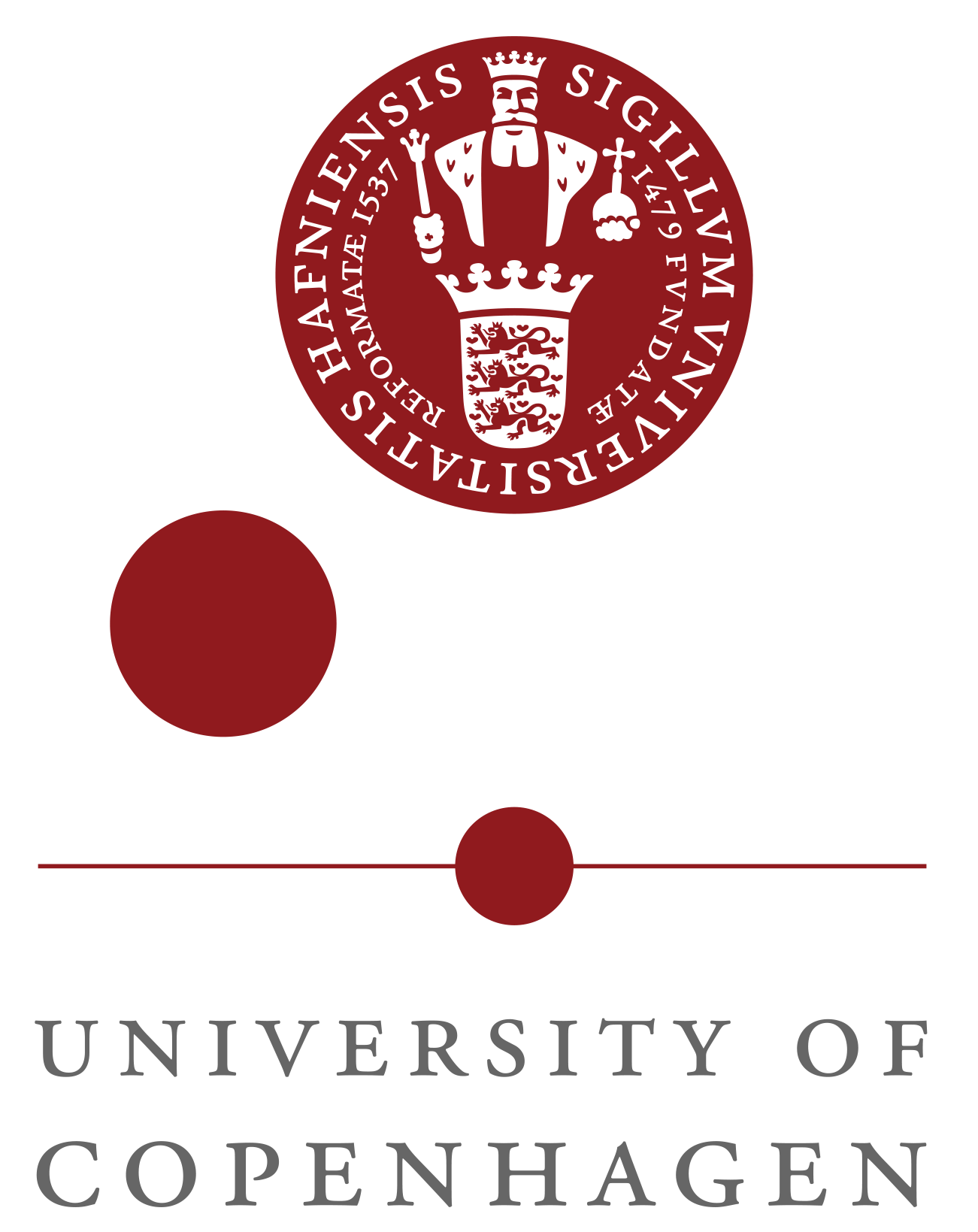Structured Prediction Exercises
Contents
Structured Prediction Exercises#
In the lecture we have looked at a simple toy structured prediction application and model. In this exercise you will change and improve it.
Setup 1: Load Libraries#
%%capture
%load_ext autoreload
%autoreload 2
%matplotlib inline
import sys
sys.path.append("..")
import statnlpbook.util as util
import matplotlib
import matplotlib.pyplot as plt
matplotlib.rcParams['figure.figsize'] = (10.0, 6.0)
---------------------------------------------------------------------------
ModuleNotFoundError Traceback (most recent call last)
Input In [1], in <cell line: 6>()
4 import sys
5 sys.path.append("..")
----> 6 import statnlpbook.util as util
7 import matplotlib
8 import matplotlib.pyplot as plt
ModuleNotFoundError: No module named 'statnlpbook'
Task 1: Different Representation#
Find a different representation and model that also achieves perfect accuracy.
import math
import numpy as np
x_space = ['I ate an apple',
'I ate a red apple',
'Yesterday I ate a red apple',
'Yesterday I ate a red apply with a friend']
y_space = ['Ich aß einen Apfel',
'Ich aß einen roten Apfel',
'Gestern aß ich einen roten Apfel',
'Gestern aß ich einen roten Apfel mit einem Freund']
data = list(zip(x_space,y_space))
train = data[:2]
test = data[2:]
def f(x):
"""Calculate a representation of the input `x`."""
return len(x)
def g(y):
"""Calculate a representation of the output `y`."""
return len(y)
def s(theta,x,y):
"""Measure the compatibility of sentences `x` and `y` using parameter `theta`"""
return -abs(theta * f(x) - g(y))
def loss(theta, data):
"""Measure the total number of errors made when predicting with parameter `theta` on training set `data`"""
total = 0.0
for x,y in data:
max_score = -math.inf
result = None
for y_guess in y_space:
score = s(theta,x,y_guess)
if score > max_score:
result = y_guess
max_score = score
if result != y:
total += 1.0
return total
thetas = np.linspace(0.0, 2.0, num=1000)
theta_star = thetas[np.argmin([loss(theta,train) for theta in thetas])]
def predict(theta, x):
"""Find the most compatible output sentence given the input sentence `x` and parameter `theta`"""
max_score = -math.inf
result = None
for y_guess in y_space:
score = s(theta,x,y_guess)
if score > max_score:
result = y_guess
max_score = score
return result
util.Table([(x,predict(theta_star, x)) for x,_ in test])
---------------------------------------------------------------------------
NameError Traceback (most recent call last)
Input In [2], in <cell line: 57>()
54 max_score = score
55 return result
---> 57 util.Table([(x,predict(theta_star, x)) for x,_ in test])
NameError: name 'util' is not defined
Task 2: Smoother Objective#
Can you find a “smoother” objective that is continuous and has optima that also optimise the original objective?
def my_loss(theta, data):
"""Measure the total number of errors made when predicting with parameter `theta` on training set `data`"""
total = 0.0
for x,y in data:
max_score = -math.inf
result = None
for y_guess in y_space:
score = s(theta,x,y_guess)
if score > max_score:
result = y_guess
max_score = score
if result != y:
total += 1.0
return total
plt.plot(thetas, [my_loss(theta,train) for theta in thetas])
[<matplotlib.lines.Line2D at 0x10ce36978>]

Solutions#
You can find the solutions to this exercises here


